Renowned artist and painter West Fraser has deep ties to the Lowcountry. Not only was he born and raised in the area, his father Joseph Fraser and uncle Charles Fraser are revered as two of the founding fathers of Hilton Head Island, and West has watched his beloved home grow up right before his very eyes. Specializing in plein air painting, in which the artist paints outdoors, capturing natural light and landscapes in the natural element, West’s work is lauded for its hauntingly beautiful depictions of sunlight and accurate portrayal of movement in the natural world.
West recently published his second book, Painting the Southern Coast, a collection of his works of art chronicling the changes in and development of the Lowcountry. “Though subtle, there are messages and seeds for thought that will hopefully prompt investigation of the extremely important coastal zone featured in the book,” West said. “I think the journey the viewer can take in the book, with maps and anecdotes on ecology, history and culture, might lead to a ‘journey of discovery’ of this region, learning the importance of this place for the global health of the oceans and our region.”
The Gibbes Museum of Art in Charleston, South Carolina, is exhibiting an exclusive selection of Fraser’s paintings now through the end of April. The collection shares the same title as his book: Painting the Southern Coast.
We recently caught up with the artist to learn more about his new book and the vision for his art, both in the publication and in real life.
This book, Painting the Southern Coast, is my second with the University of South Carolina Press. The first book, Charleston In My Time, in 2001, focused on the Charleston area only. I wanted to share the work I have created in the southeastern coastal region as a whole – the place of my heritage – and make a book that reflected a complete picture of me as an artist and show that an artist’s role can be more than art. In 2012 I was honored with a solo exhibition at the Telfair Academy Museum in Savannah, Georgia. The 60 paintings exhibited represented four distinct aspects of my work: cityscapes, travel, friends and family, and the landscape. The exhibition showed the diverse scope of my work, and from that, I decided to create a book that expanded on what might be assumed to be my only genre or purpose.
A cornerstone of my new book is the geographical context of a historical drama occurring in the region during the age of discovery; the history of the earliest European contact in the United States, that of French and Spanish conquest and dominance. The geography set the scope and jumping off point, and I used some of my paintings from my earliest career to 2014 for the imagery. You may get the idea that my new book is an art book, but I have no lessons included, only insights into what motivates me as an artist. The book is actually a platform to subtly communicate a message and homage to the region of my birthright and the place where I have found some of my strongest inspiration. It is a journey in painted images through one of the world’s most dynamic ecologies which is rapidly being threatened by poisonous chemicals of everyday life, chemicals that are unseen yet transformative to the water systems of this beautiful place of global oceanic importance.
I think my paintings will evoke a sense of familiarity, discovery of place, and sometimes a sentimental feeling of times gone by. Perhaps also a feeling of appreciation for this place and the role this unique environment plays on a global scale, or the reality of a culture of seafood harvest that can be sustainable if it is nurtured and protected. I want the reader to find new insights into a world that may be new to them or familiar to them and take away an awareness meriting appreciation, concern and activism.%GALLERY%
The context determined the choice of paintings, but culling through the hundreds of paintings became a chore and was disappointing at times because of the many favored paintings that ended up on the chopping block due to manuscript requirements.
The book starts from the northern portion of the [Lowcountry] geography and goes south. It is organized into seven sections of color plates that were in certain map sections of the coast of the Georgia Bight. To achieve a continuity of theme, the pairing of paintings on each spread often determined the choice I made.
In this book you will find nocturnes, street scenes, paintings from Europe and Maine for instance, as well as a painting of my wife Helena, reading in bed. I enjoy painting unscripted or posed paintings, preferring to capture a natural subject in time and place. I like to travel and find new inspiration, and sometimes I paint the odd still life pieces.
Painting is rewarding spiritually and psychically. I get into a meditative groove that allows my intuitive instincts to flow, while solutions to painting and life’s problems are being processed subconsciously. My art has never been about “me” as an individual. I believe that at some point, the artist’s role can be bigger than imagery.
It may be surprising that after 35 years of painting all the time, I prefer to read, to become informed and study subjects of interest. This, I believe, is one of life’s great luxuries, though I will never stop painting!
I really don’t like to discuss my art when I am socializing. I prefer to discuss travel experiences, environmental issues, new technology, politics, history, inspired development design, gardening and the dynamics of living in a changing global economy.
Artwork by West Fraser

The Conservancy is looking forward to another summer of fun with our upcoming kid's programs! Wild Child Camp and Junior Naturalist Camp will have dedicated weeks in June. Registration is $200 per child for the week. To participate, parents must fill out t...
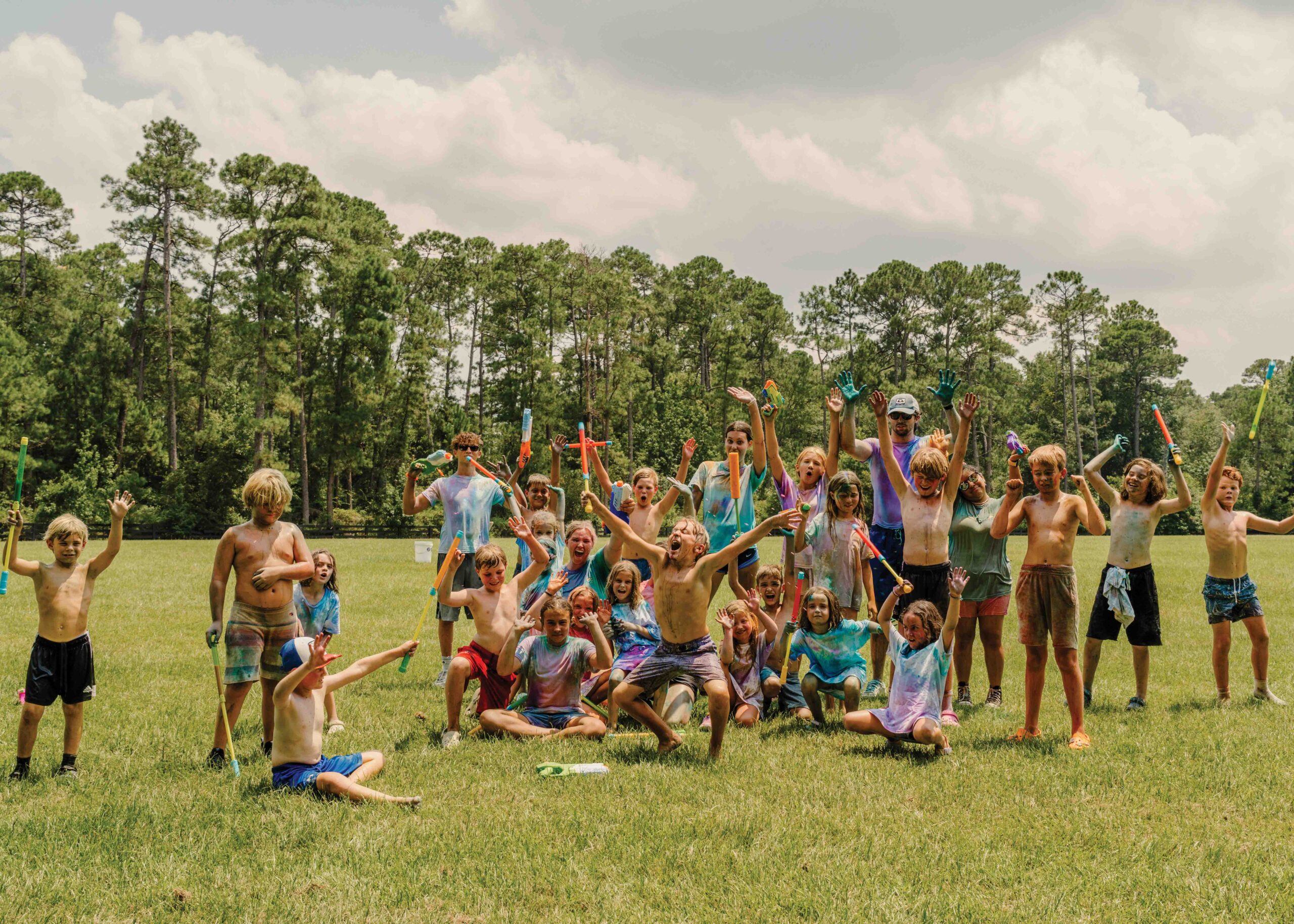
Photographs by Summer Pagatpatan Palmetto Bluff is a wilderness playground for families, a gateway to the outdoors, to living life close to nature. Palmetto Bluff Growing Outdoors, or PBGO, encompasses the ethos of this extraordinary place. CampGO is PBGO’...
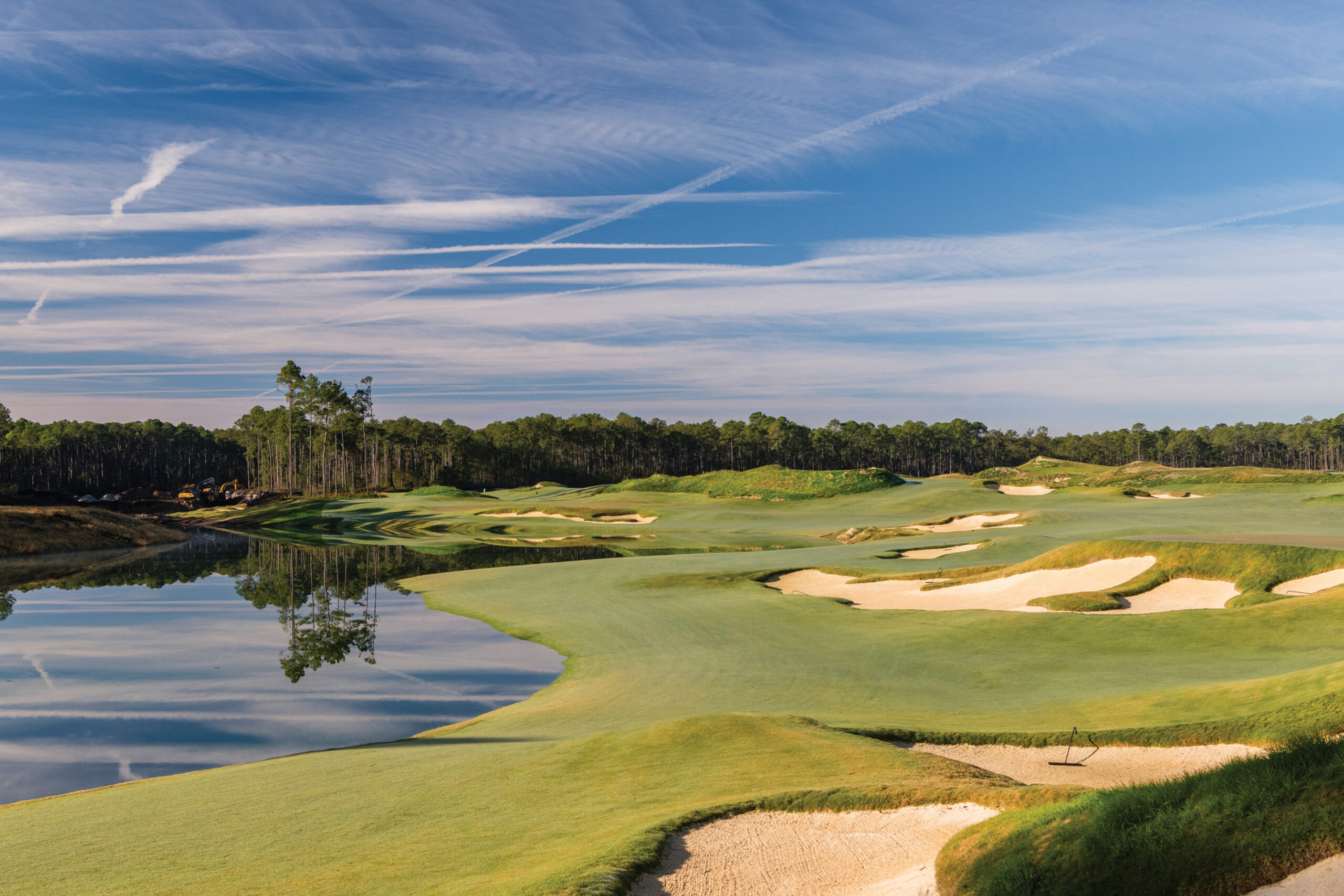
Discover the May River and Crossroads Golf Courses at Palmetto Bluff Positioned within the enchanting Lowcountry landscape, Palmetto Bluff boasts an array of world-class amenities, with its golf courses standing as a testament to the community's commitment to...
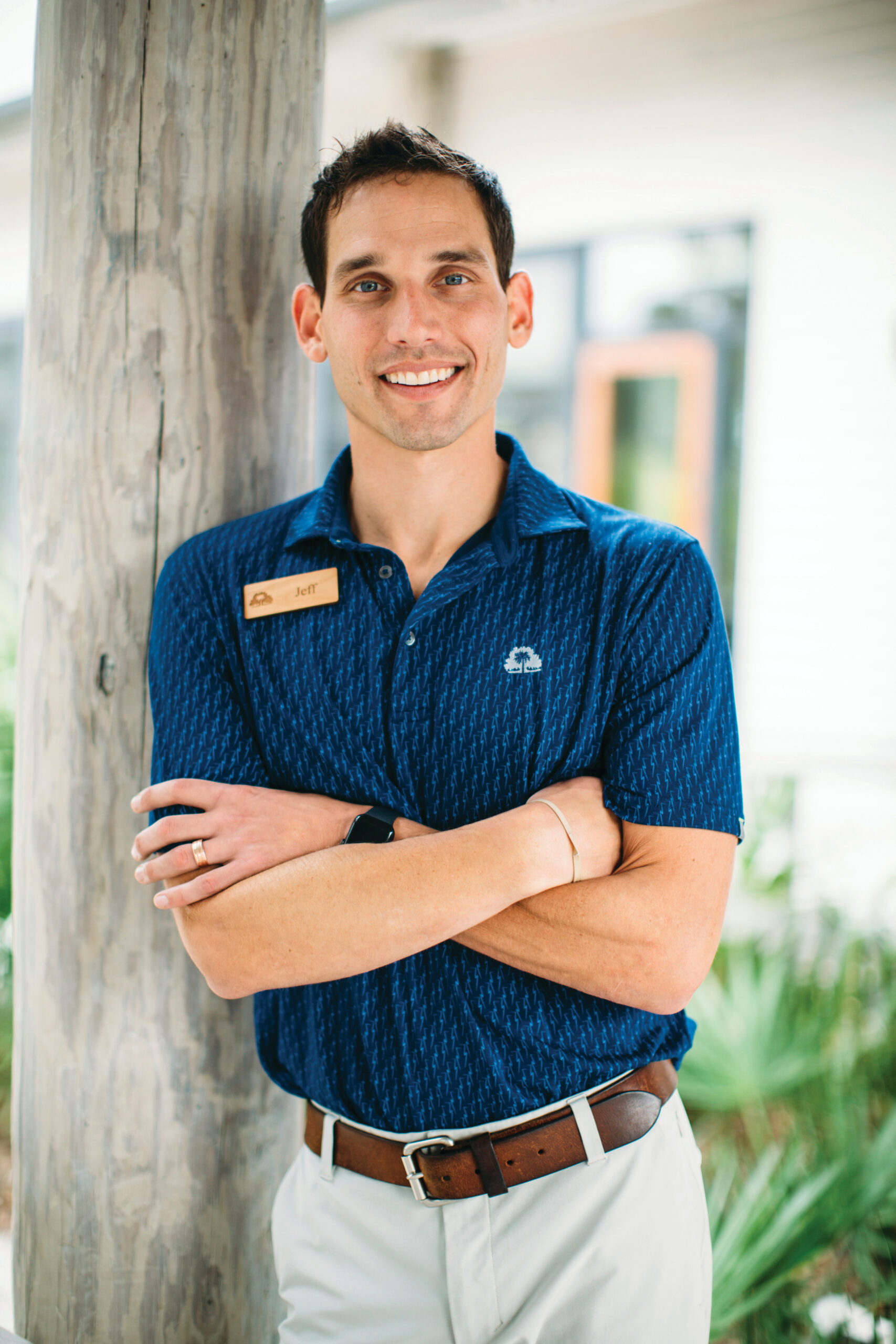
Jeff’s Journey to the Palmetto Bluff Fitness and Wellness Team Palmetto Bluff is located amidst the serene landscapes of the Lowcountry, a tranquil haven where wellness intertwines seamlessly with nature's splendor. Jeff Ford, the Palmetto Bluff Club's Direct...
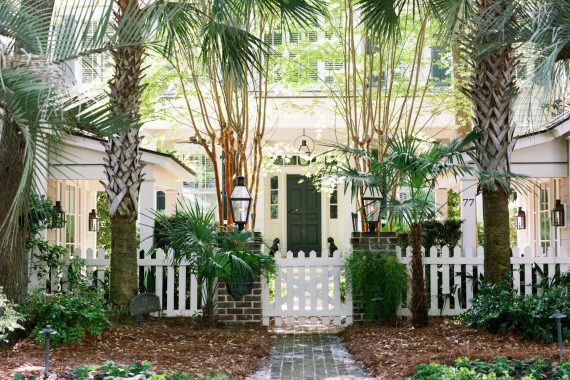
5 Benefits of Living in South Carolina Known for its charming small towns, pristine coastline, and natural beauty, the South Carolina Lowcountry is one of the most popular places to live. The Lowcountry is a unique and desirable place to live, offering an arr...
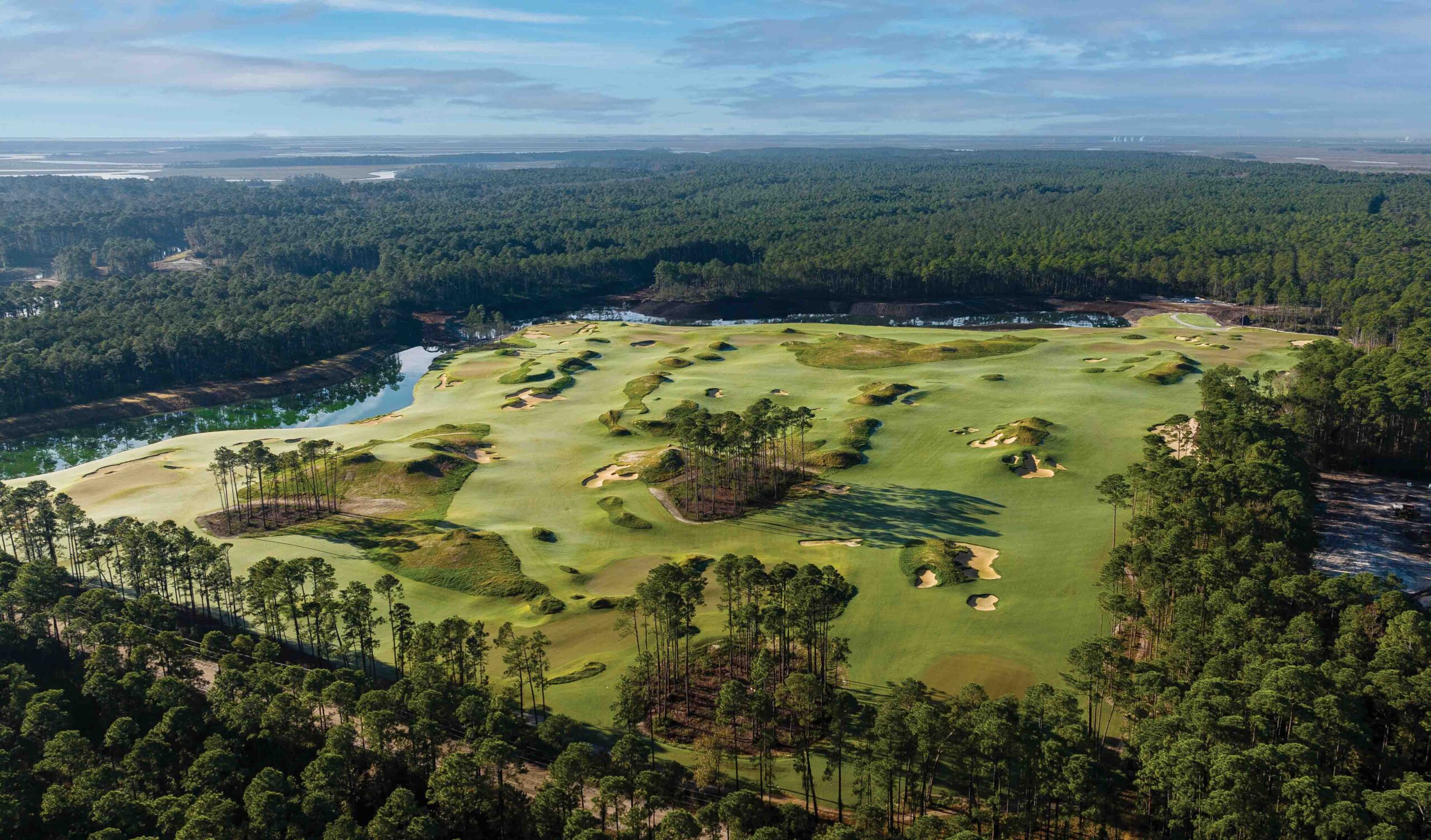
Photographs by Patrick O’Brien Words by Rob Collins Designer Rob Collins of King-Collins offers a first look at Crossroads, Palmetto Bluff’s new nine-hole reversible golf course. It is a feat of design. One routing, The Hammer, is a whirlwind of angles and u...
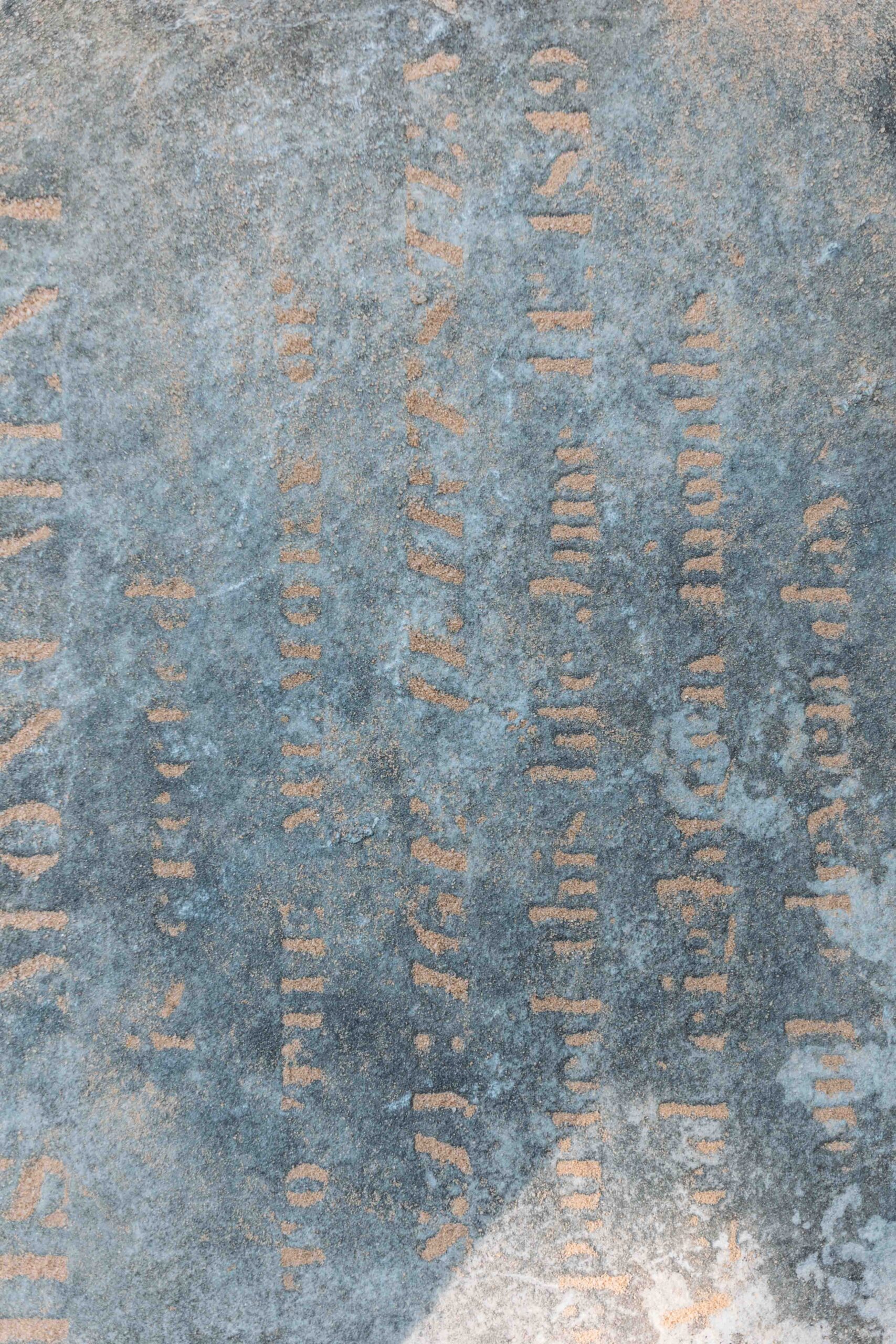
Story by Katie Epps Photographs by Joel Caldwell Beneath Palmetto Bluff’s sprawling oaks lie twelve cemeteries that serve as the final resting places for hundreds of people and nine dogs. Five of these cemeteries were started as burial grounds for enslaved...

Putting Down Strong Roots The Grove seamlessly combines curated style with courtyard living, welcoming the lush beauty of the Lowcountry at every doorstep. With twelve homesites meticulously designed to maximize outdoor living, Palmetto Bluff Builders offer...
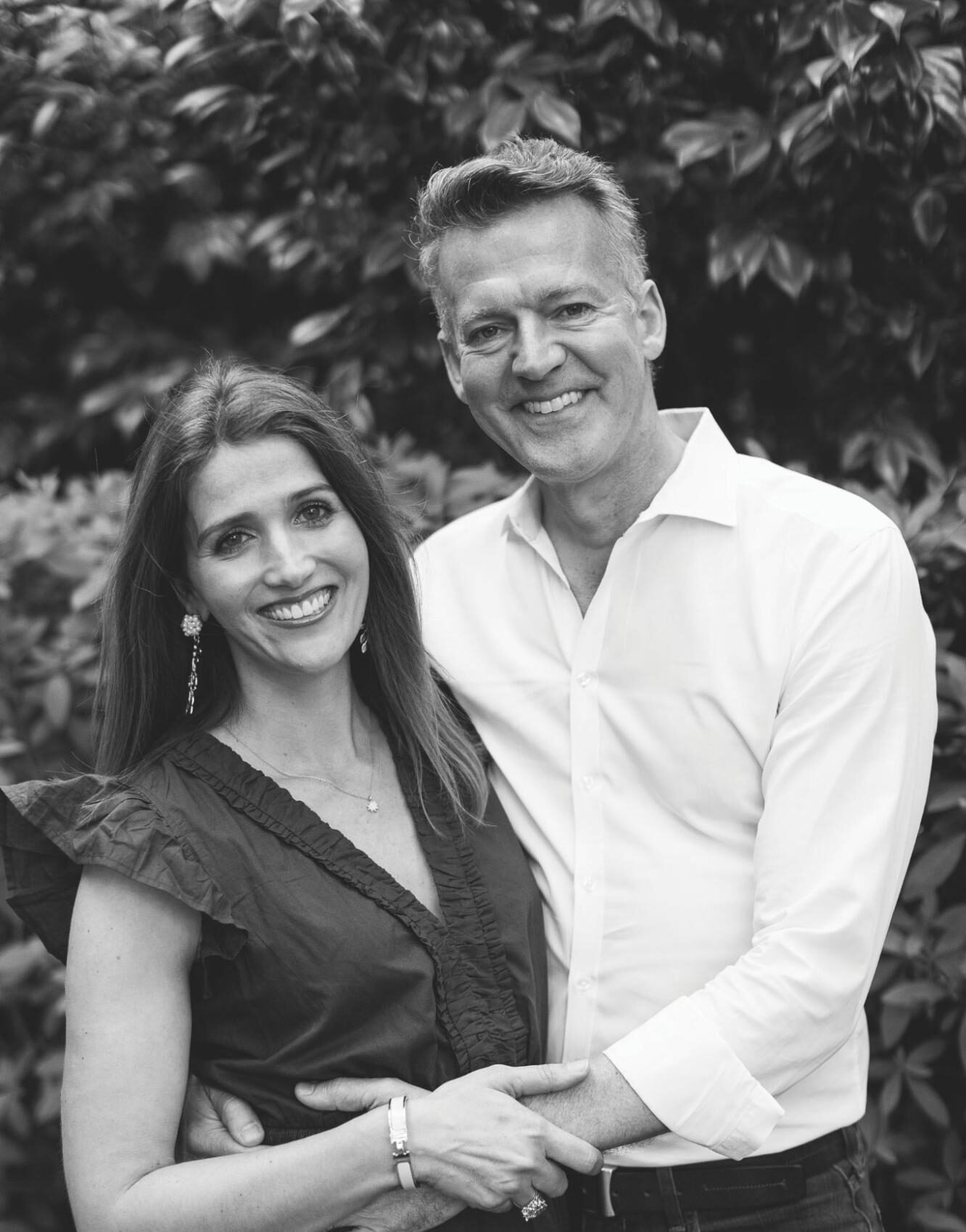
How did you meet? Shayne: Jason and I both attended the University of Southern California. We met through our mutual friend Mike, a USC connection. I was always very captivated by Jason, his wit and charm. Jason: Shayne’s first job in college was working ...
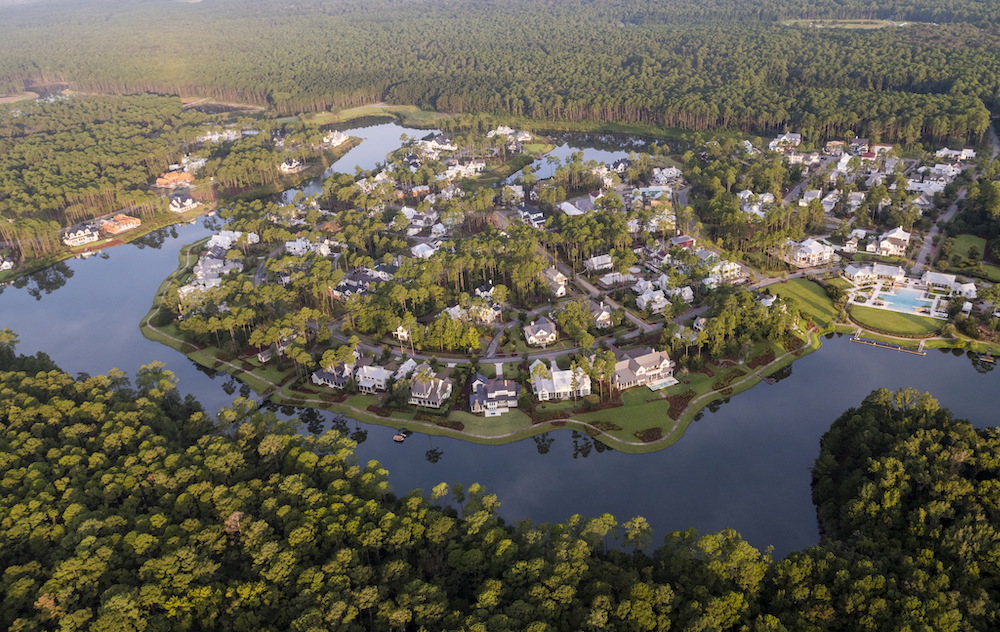
Create Lasting Habits With These 6 Palmetto Bluff Activities As the new year sets in, many of us find ourselves determined to stick to those resolutions we set just a few weeks ago. Whether it's getting fit, staying active, or embracing a healthier lifestyle,...

Learn about the Palmetto Bluff Conservancy and how we keep the vision of our land in place.
On land or water, there is an ever-evolving variety of activities.
We do not attempt to independently verify the currency, completeness, accuracy or authenticity of the data contained herein. All area measurements and calculations are approximate and should be independently verified. Data may be subject to transcription and transmission errors. Accordingly, the data is provided on an “as is” “as available” basis only and may not reflect all real estate activity in the market”. © [2023] REsides, Inc. All rights reserved. Certain information contained herein is derived from information, which is the licensed property of, and copyrighted by, REsides, Inc.